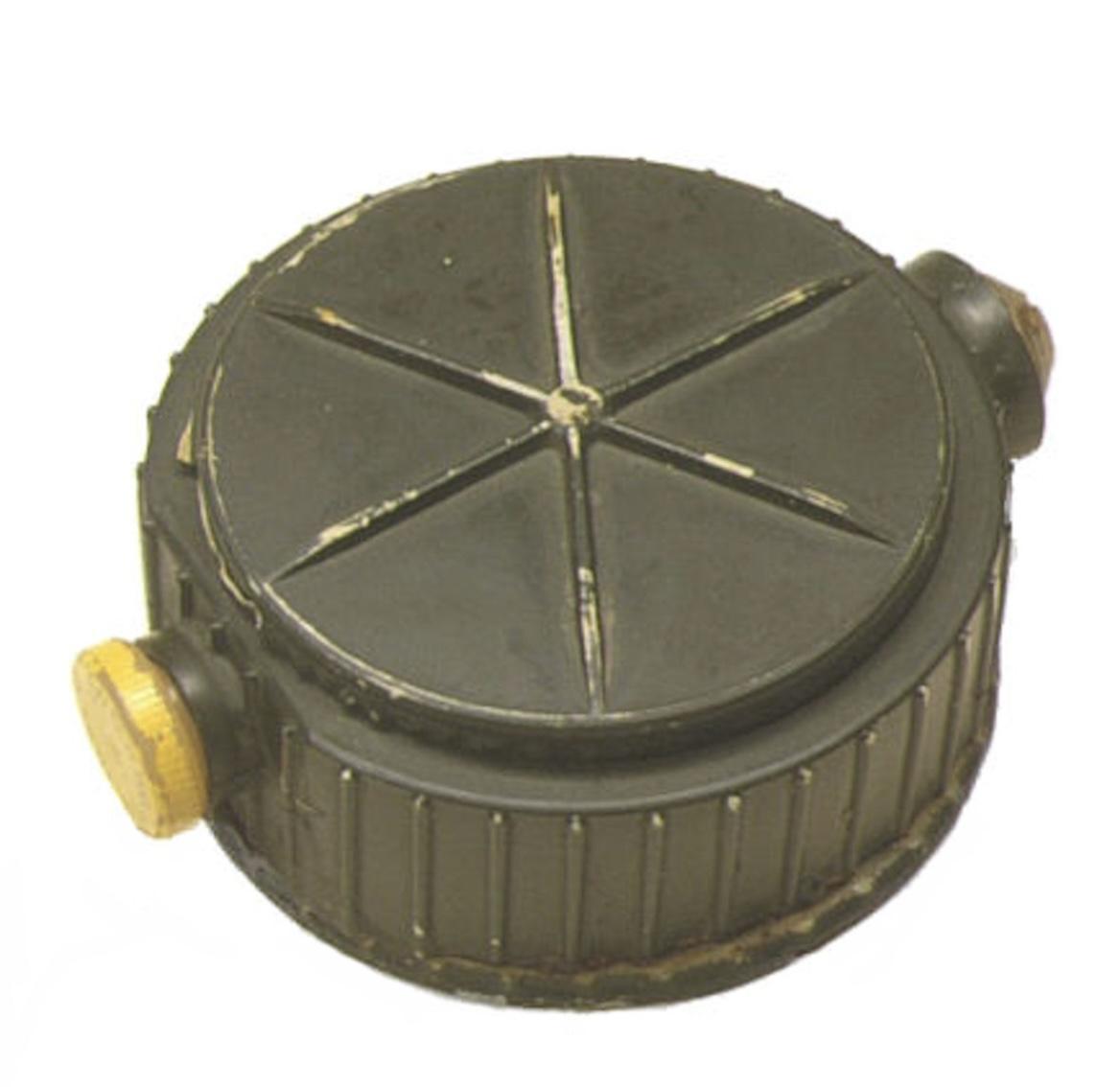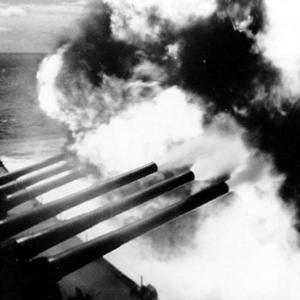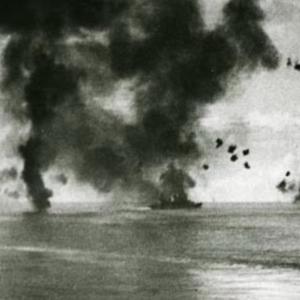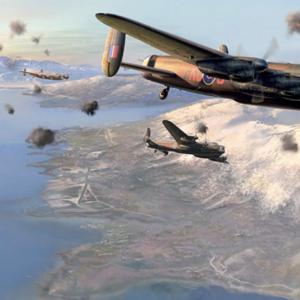
FMK-1 Land Mine
The FMK-1 is a compact anti-personnel land mine developed and manufactured by Argentina. It was used extensively during the 1982 Falklands War by Argentine forces and has since remained a notable example of indigenous mine design and production in South America.
The FMK-1 was developed by Argentina’s Fray Luis Beltrán Military Factory, part of the Dirección General de Fabricaciones Militares. It was designed in the 1970s as a lightweight, easily deployable anti-personnel blast mine. The design took inspiration from Soviet and Chinese mine models, including the Russian PMN and the Chinese Type 58.
The mine consists of a plastic cylindrical body, approximately 82 mm in diameter and 40 mm in height. It features vertical reinforcement ribs and a six-pointed star-shaped pressure plate for structural stiffness. The bottom includes a base plug with a pressure stud that can be adjusted to modify activation sensitivity. This plug can be removed or reinforced depending on operational needs, providing versatility in different battlefield conditions.
A notable feature of the FMK-1 is its adaptability. The mine can be fitted with a pressure plate extension to increase the activation pressure, allowing it to function as a trigger mechanism for larger anti-tank mines such as the FMK-3 or FMK-5. The body is made entirely of plastic, with optional metal components to make detection possible if required.
The FMK-1 contains approximately 152 grams of a high-explosive mixture composed of TNT (Trinitrotoluene) and RDX (Cyclotrimethylenetrinitramine). This blend provides a powerful blast effect intended to incapacitate personnel by causing severe injury or death through blast trauma. The explosive is encased within the mine’s plastic shell to prevent accidental initiation and to reduce weight for easier transport and deployment.
The mine can be triggered by varying levels of pressure depending on the configuration: 5 kilograms in its most sensitive form, 15 to 50 kilograms with the base stud inserted, and up to 300 kilograms when fitted with a stiffened pressure plate and base stud. This adjustable triggering mechanism allowed for strategic deployment in areas where either light foot traffic or heavier vehicle movement was expected.
During the Falklands War, Argentine forces deployed approximately 30,000 land mines across the islands. Of these, over 20,000 were anti-personnel mines, including a large number of FMK-1s. The mines were laid in defensive belts around key locations such as Port Stanley, Goose Green, Fox Bay, and Port Howard. These minefields were distributed in 146 separate zones and were intended to restrict British troop movements and protect Argentine defensive positions.
The FMK-1 was favored for its small size, ease of concealment, and reliable detonation under foot pressure. Argentine engineers used them both independently and in combination with anti-tank mines, often wiring them together to create complex, overlapping fields of fire.
Although the mines did not significantly alter the outcome of the conflict, they posed a considerable hazard to advancing British troops. However, due to effective minefield mapping and avoidance strategies, casualties from mines during the war were relatively limited. The true impact of these mines continued after the conflict, with thousands remaining in place for decades, rendering large areas of the Falklands unsafe and unusable.
In later years, Argentina modified its FMK-1 stock by welding pressure caps onto them to raise the activation threshold, effectively converting them into anti-tank mines. This conversion brought the mines into compliance with international treaties banning the use of anti-personnel mines. While the original FMK-1 is no longer in active use in its anti-personnel form, it remains part of Argentina’s military history and highlights the country’s capacity to produce effective indigenous military equipment.










